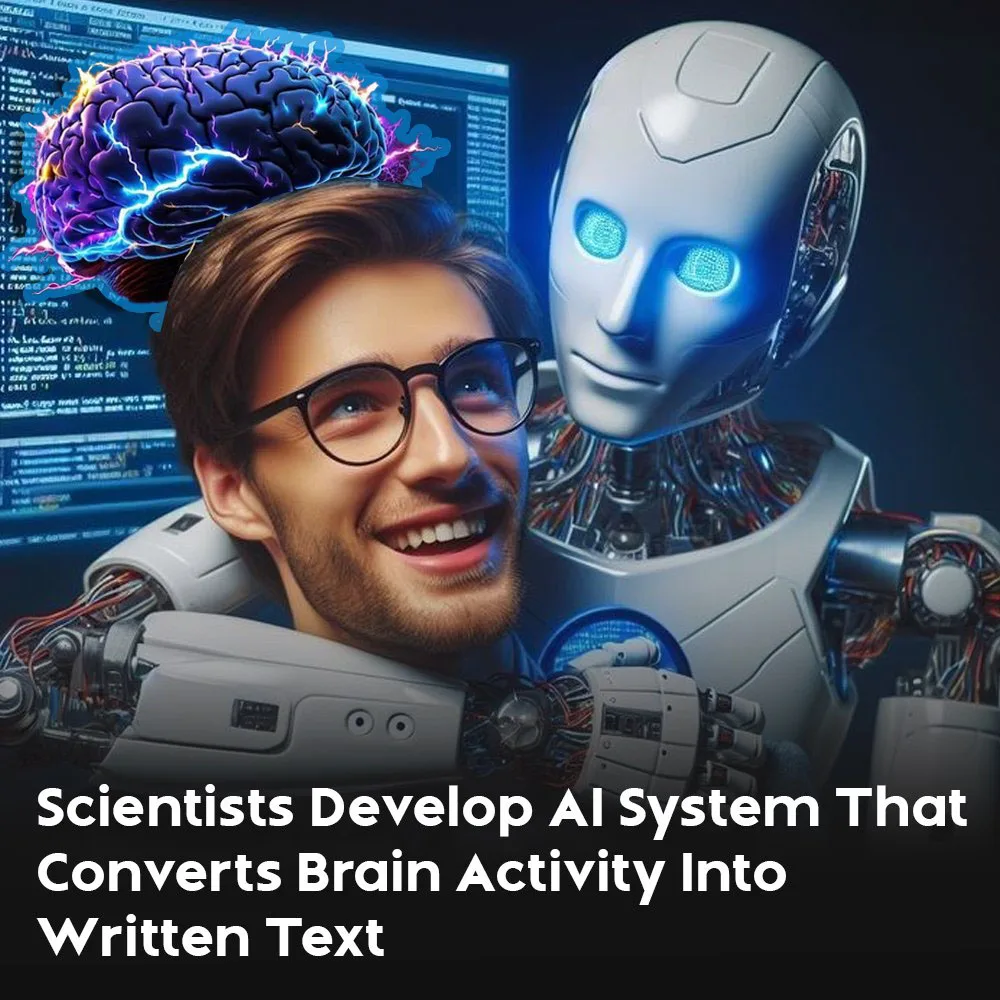Imagine a world where your thoughts could be turned into text—without ever speaking a word. Thanks to groundbreaking research, that world is closer than ever. Scientists have unveiled BrainLLM, a revolutionary system that bridges the gap between our minds and machines, translating brain activity directly into coherent, natural language.

What Is BrainLLM?
BrainLLM combines functional magnetic resonance imaging (fMRI) with large language models (LLMs)—the same kind of AI models that power today’s advanced chatbots. Together, they decode brain signals and transform them into sentences that reflect a person’s inner thoughts. Unlike older technologies that limited users to selecting from predetermined words or options, BrainLLM can generate free-flowing, contextually accurate language.
This innovation marks a major leap forward in the field of brain-computer interfaces (BCIs) and brings us closer to direct brain-to-text communication.
How Does It Work?
At the heart of BrainLLM is a multi-step process that reads and interprets brain activity:
- fMRI scans measure changes in blood flow in the brain while a person thinks about words, ideas, or concepts.
- A neural network analyzes these complex brain signals, translating them into data that a large language model can understand.
- The language model then generates coherent text, producing sentences that closely reflect the individual’s intended message.
The system excels when decoding activity in regions of the brain responsible for language processing—especially areas like Broca’s region, which plays a key role in speech production.
Why Is BrainLLM So Significant?
Previous mind-reading technologies struggled with limitations. They typically offered only predefined options or simple word selections, often falling short in terms of flexibility and expressiveness. BrainLLM, however, generates natural language that captures nuance, context, and meaning.
In tests, the text produced by BrainLLM was more coherent and contextually relevant than earlier systems. This advancement has the potential to transform communication for people who are unable to speak due to conditions like stroke, ALS, or paralysis.
The Challenges Ahead
Despite its promise, BrainLLM is not without limitations:
- fMRI machines are bulky, expensive, and slow, making them impractical for everyday use or real-time communication.
- The system’s accuracy varies between individuals, depending on how their brains process language and how clear the fMRI data is.
Researchers acknowledge that this is still early-stage technology, but they’re optimistic. The next big step is adapting BrainLLM to work with more portable and accessible technologies, such as electroencephalography (EEG). EEG is far more practical for daily use and could pave the way for brain-computer interfaces (BCIs) that are affordable, wearable, and widely available.
What’s Next for BrainLLM and BCIs?
The potential applications for BrainLLM are profound:
- Helping people with speech impairments communicate seamlessly.
- Providing hands-free communication in high-stakes environments, like space missions or military operations.
- Opening new doors for human-computer interaction, potentially changing the way we control technology with our minds.
As the technology improves, BrainLLM could become part of our everyday lives, offering a glimpse into a future where the line between thought and action is almost invisible.
Final Thoughts
BrainLLM is a bold step toward turning science fiction into science fact. While challenges remain, the progress so far is nothing short of remarkable. If researchers succeed in refining this technology, we may soon be living in a world where thinking a sentence is all it takes to communicate it.
Stay tuned. The future of mind-reading tech is unfolding before our eyes.


